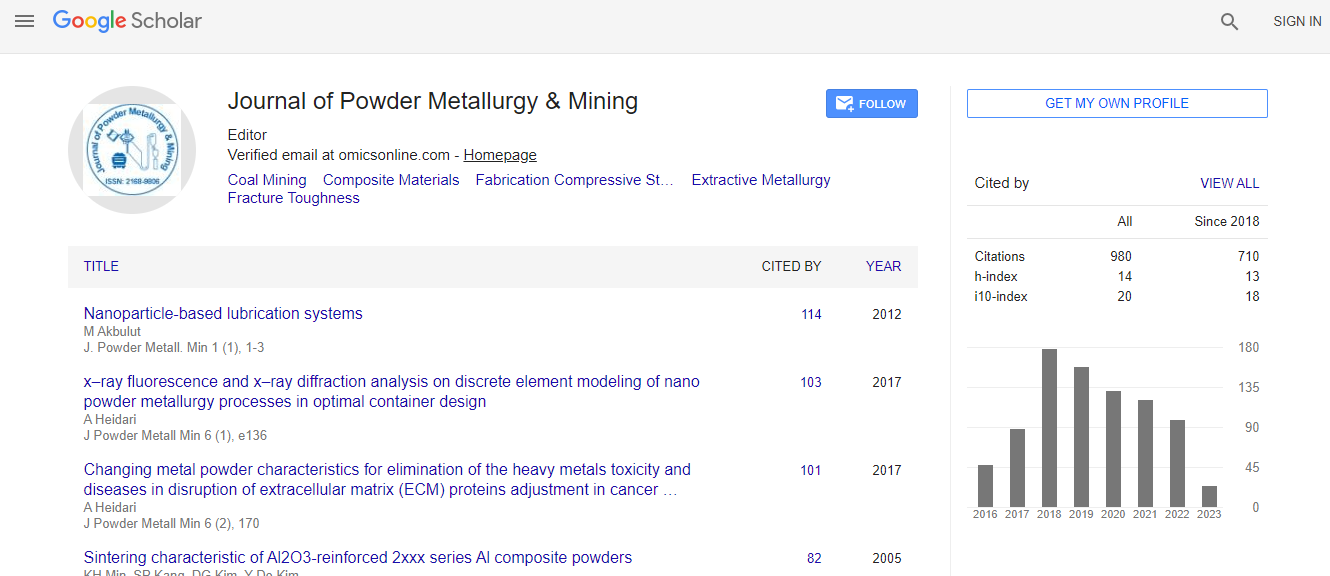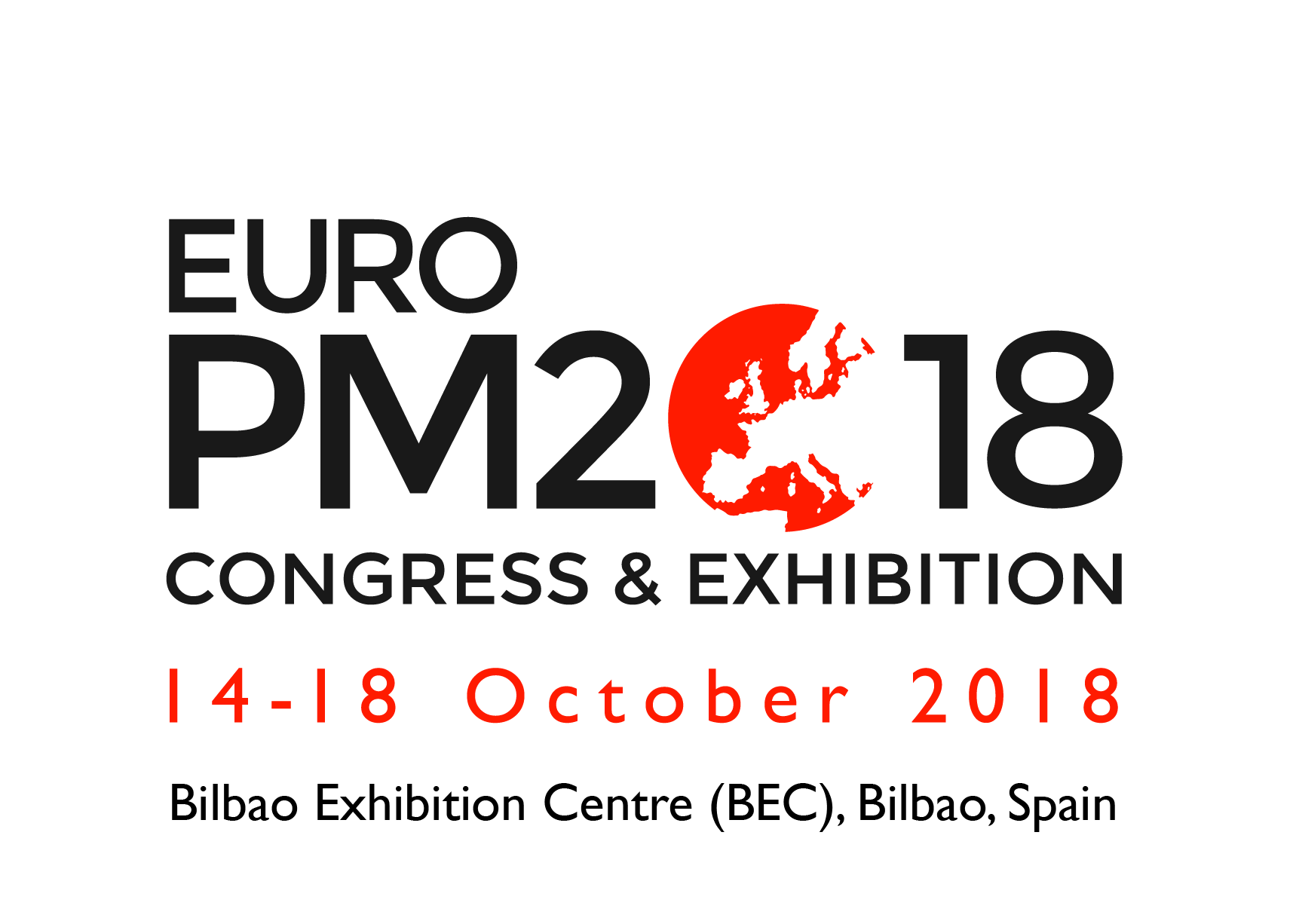Research Article
Artificial Neural Network Modeling of Ball Mill Grinding Process
Veerendra Singh1*, P K Banerjee1, S K Tripathy1, V K Saxena2 and R Venugopal2
1Research and Development, Tata Steel, Jamshedpur-831001, India
2Indian School of Mines, Dhanbad, Jharkhand-826004, India
- *Corresponding Author:
- Veerendra Singh
Research and Development, Tata Steel
Jamshedpur-831001, India
E-mail: veerendra.singh@tatasteel.com
Received Date: December 27, 2012; Accepted Date: February 15, 2013; Published Date: February 21, 2013
Citation: Veerendra Singh, Banerjee PK, Tripathy SK, Saxena VK, Venugopal R (2013) Artificial Neural Network Modeling of Ball Mill Grinding Process. J Powder Metall Min 2:106. doi: 10.4172/2168-9806.1000106
Copyright: © 2013 Veerendra Singh, et al. This is an open-access article distributed under the terms of the Creative Commons Attribution License, which permits unrestricted use, distribution, and reproduction in any medium, provided the original author and source are credited.
Abstract
Grinding consumes around 2% of the energy produced in the world but existing methods of milling are very inefficient and use only 5% of the input energy for real size reduction rest is consumed by machine itself. Chrome ores are comminute, filtered, pelletized and sintered to use into submerged arc furnace for ferrochrome production. Variation in ore properties affects the particle size distribution during milling. Artificial neural network based model is developed to predict the particle size distribution of ball mill product using grinding data available for difference in grindability of Sukinda chromite ores. Input variables for model were ball size, ball load, ball-ore ratio, grinding time. Output was particle size distribution (+75 μm, -75 μm, +38 μm; -38 μm). Three different kinds of mathematical models have been compared to predict the particle size distribution. Finally a neural network based model was found most accurate. Dynamic artificial neural network model does not require any material constant and optimizes the mathematical correlation with better accuracy in a dynamic process. This methodology can be used to develop an online system to predict the ball mill performance to improve the performance of grinding circuit in mineral, metal and cement industry.

 Spanish
Spanish  Chinese
Chinese  Russian
Russian  German
German  French
French  Japanese
Japanese  Portuguese
Portuguese  Hindi
Hindi 

